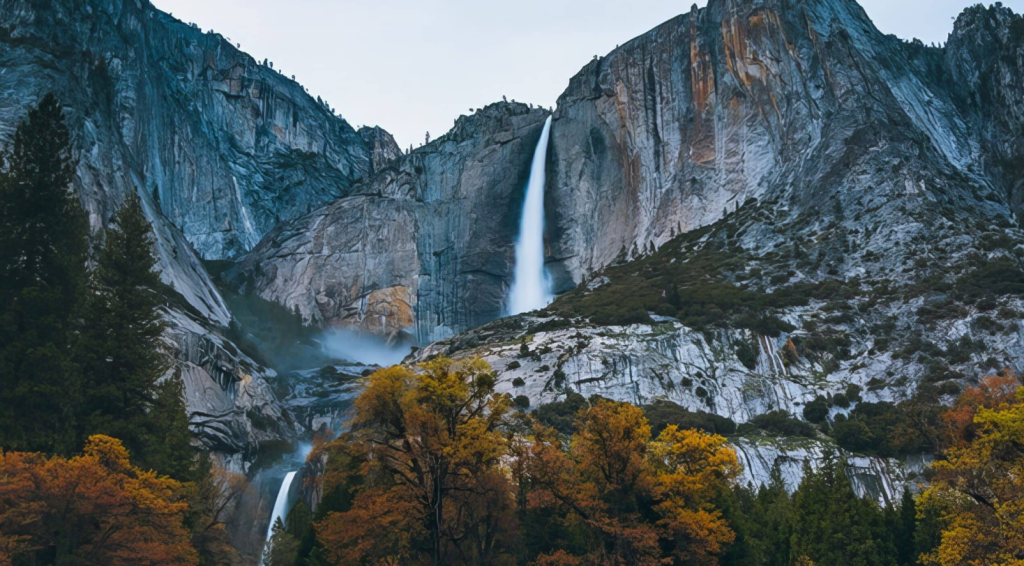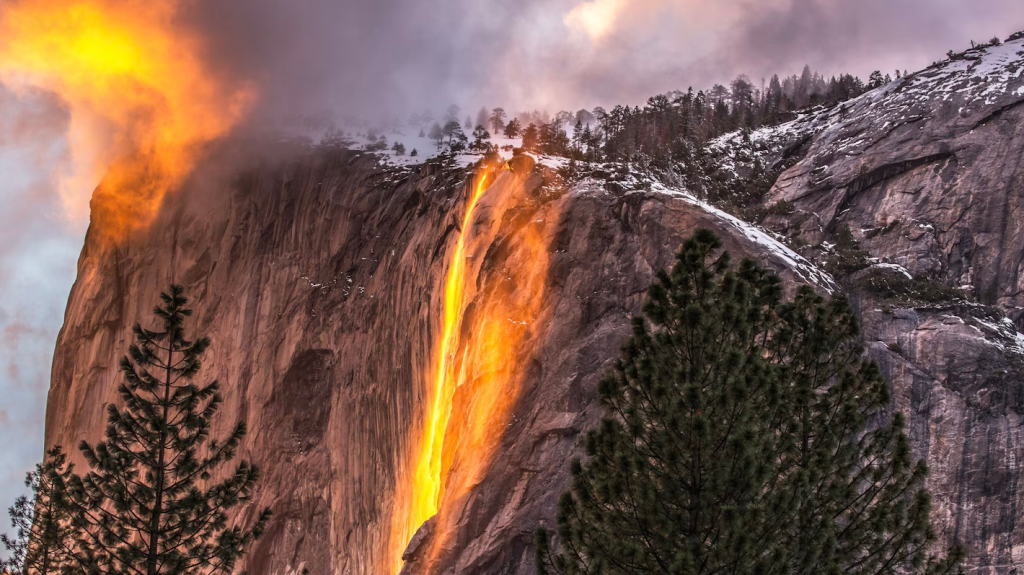7 Best Times of Day to Photograph Yosemite Falls: Capture Its Breathtaking Beauty
7 Best Times of Day to Photograph Yosemite Falls: Capture Its Breathtaking Beauty


Yosemite Falls, one of the tallest waterfalls in North America, is a photographer’s dream. But to truly capture its magnificence, timing is everything. So, what are the best times of day to photograph Yosemite Falls? From the golden hues of sunrise to the ethereal glow of moonlight, here are seven perfect moments to snap unforgettable shots.
1. Sunrise: The Golden Hour Magic
Sunrise is one of the most magical times to photograph Yosemite Falls. As the first rays of sunlight hit the cascading water, the falls are bathed in a warm, golden glow. This soft light enhances the textures of the granite cliffs and creates a stunning contrast with the misty spray.
For the best results, arrive early and set up at popular viewpoints like Sentinel Bridge or Cook’s Meadow. Use a tripod to stabilize your camera and experiment with long exposures to capture the silky flow of the water. The serene atmosphere at sunrise also means fewer crowds, allowing you to focus on your composition.
2. Mid-Morning: Vibrant and Crisp Details
Mid-morning is another excellent time to photograph Yosemite Falls, especially during spring and early summer when the water flow is at its peak. The sunlight is bright but not harsh, highlighting the vibrant greens of the surrounding foliage and the crisp details of the waterfall.
This is also a great time to capture the rainbow often seen in the mist at the base of the falls. Use a polarizing filter to reduce glare and enhance the colors. If you’re hiking the Yosemite Falls Trail, mid-morning light provides excellent visibility for capturing the falls from different angles.
3. Afternoon: Dramatic Shadows and Contrasts
By afternoon, the sun is higher in the sky, casting dramatic shadows on the granite cliffs behind Yosemite Falls. This creates a striking contrast between the illuminated waterfall and the darker rock faces, adding depth and drama to your photos.
Position yourself at vantage points like Yosemite Valley View or Glacier Point to capture the falls in their full glory. A telephoto lens can help you zoom in on the details, while a neutral density filter can balance the exposure between the bright water and shaded rocks.
4. Sunset: Warm Tones and Silhouettes
Sunset transforms Yosemite Falls into a canvas of warm tones and soft light. As the sun dips below the horizon, the waterfall glows with hues of orange and pink, creating a breathtaking backdrop for your photos.
This is also an ideal time to experiment with silhouettes. Position yourself so that the falls are framed by the setting sun, and use a narrow aperture to capture the intricate details of the silhouette. Don’t forget to adjust your white balance to emphasize the warm tones.
5. Twilight: The Blue Hour Enchantment
The blue hour, just after sunset, offers a unique opportunity to photograph Yosemite Falls in a tranquil, ethereal light. The sky takes on a deep blue hue, contrasting beautifully with the white cascades of the waterfall.
During this time, use a tripod and a slow shutter speed to capture the soft, flowing water against the serene backdrop. The lack of harsh light also allows you to highlight the subtle details of the landscape, creating a peaceful and captivating image.
6. Moonlight: A Surreal and Magical Experience
For a truly unique perspective, photograph Yosemite Falls under the light of a full moon. The moonlight illuminates the waterfall, creating a surreal and magical atmosphere. This is a rare opportunity to capture the falls in a way that few people ever see.
Use a long exposure to capture the moonlight reflecting off the water, and experiment with different ISO settings to balance the brightness. Be sure to scout your location during the day to ensure safety and optimal composition.
7. Stormy Weather: Raw Power and Drama
Stormy weather may not be the most comfortable time to photograph Yosemite Falls, but it offers some of the most dramatic and powerful shots. The increased water flow and dark, moody skies create a sense of raw energy and intensity.
Dress appropriately and protect your gear from the elements. Use a fast shutter speed to freeze the motion of the cascading water, or a slower speed to emphasize the power and movement. The dynamic lighting conditions during a storm can result in truly unforgettable images.
Capture the Magic of Yosemite Falls
What are the best times of day to photograph Yosemite Falls? From the golden glow of sunrise to the enchanting light of a full moon, each moment offers a unique opportunity to capture the beauty of this iconic waterfall. Whether you’re a professional photographer or a casual visitor, timing your visit to coincide with these magical moments will ensure you leave with stunning images and unforgettable memories.
Plan your trip to Yosemite National Park today and experience the awe-inspiring beauty of Yosemite Falls for yourself. Don’t forget to share your photos and inspire others to explore this natural wonder!




